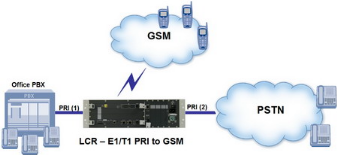
It costs $271 million in 2019 to design a 7nm chip, according to Gartner.

The average IC design cost for a 16nm/14nm chip is $80 million, compared to $30 million for a 28nm planar device, according to Gartner. Moreover, fewer foundry customers could afford to move to advanced nodes amid escalating design costs. So, the cost-per-transistor-one key metric in scaling-no longer moved in a steep downward linear curve. Lithography provided the shrinks for some but not all specs. More importantly, it became more difficult to scale the transistor specs after 28nm. But at 16nm/14nm, others deviated from the traditional equation and relaxed the metal pitch. Intel continues to follow the 0.7X scaling trend. Things began to fall apart after 28nm, however. The formula worked as chipmakers marched down the various process nodes with numerical nanometer designations, such as 90nm, 65nm, 45nm and so on. Using lithography techniques to shrink the transistor dimensions, the industry delivered a 15% performance boost at each node, plus a 35% cost reduction, a 50% area gain and a 40% power reduction. Node names and specs no longer correspond to the M2 pitch, and don’t match from one vendor to the next.Īt each node, chipmakers scaled the transistor specs by 0.7X. Today, node names are more often considered a marketing term. However, node names have drifted away from the pitch to focus on the next node and features. Historically, technology node names were based on a fraction of the tightest pitch used. Generally, the second metal layer, called metal two (M2), has the tightest pitch. The interconnects, which reside on the top of the transistor, consist of tiny copper wiring schemes that transfer electrical signals from one transistor to another.Ĭhips have 10 to 15 layers of copper interconnects.


#DIFF DERV SIP DEFINITION FULL#
Nodelets, also called inter-nodes, provide further optimization of the full node.Ī chip consists of transistor and interconnects. Full nodes target increased transistor density and often are where major technology changes (such as high-k/metal gate and finFET) are introduced.


 0 kommentar(er)
0 kommentar(er)
